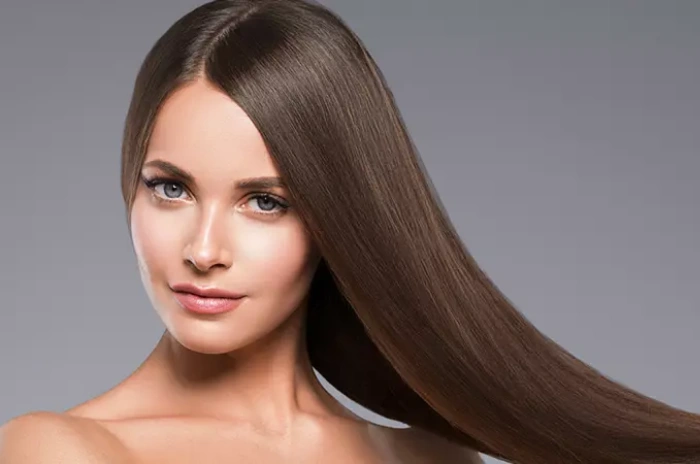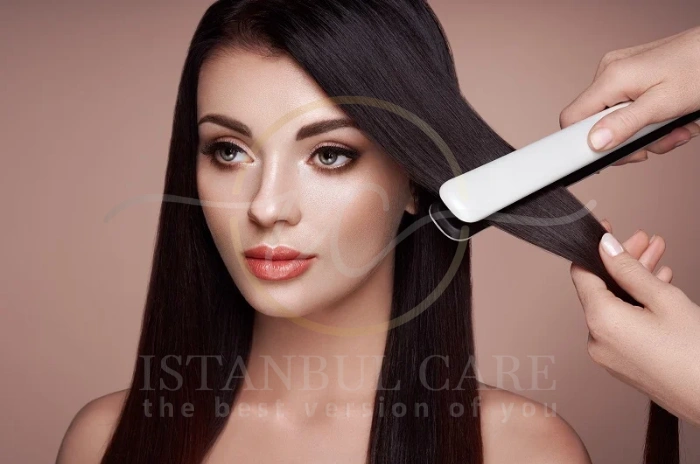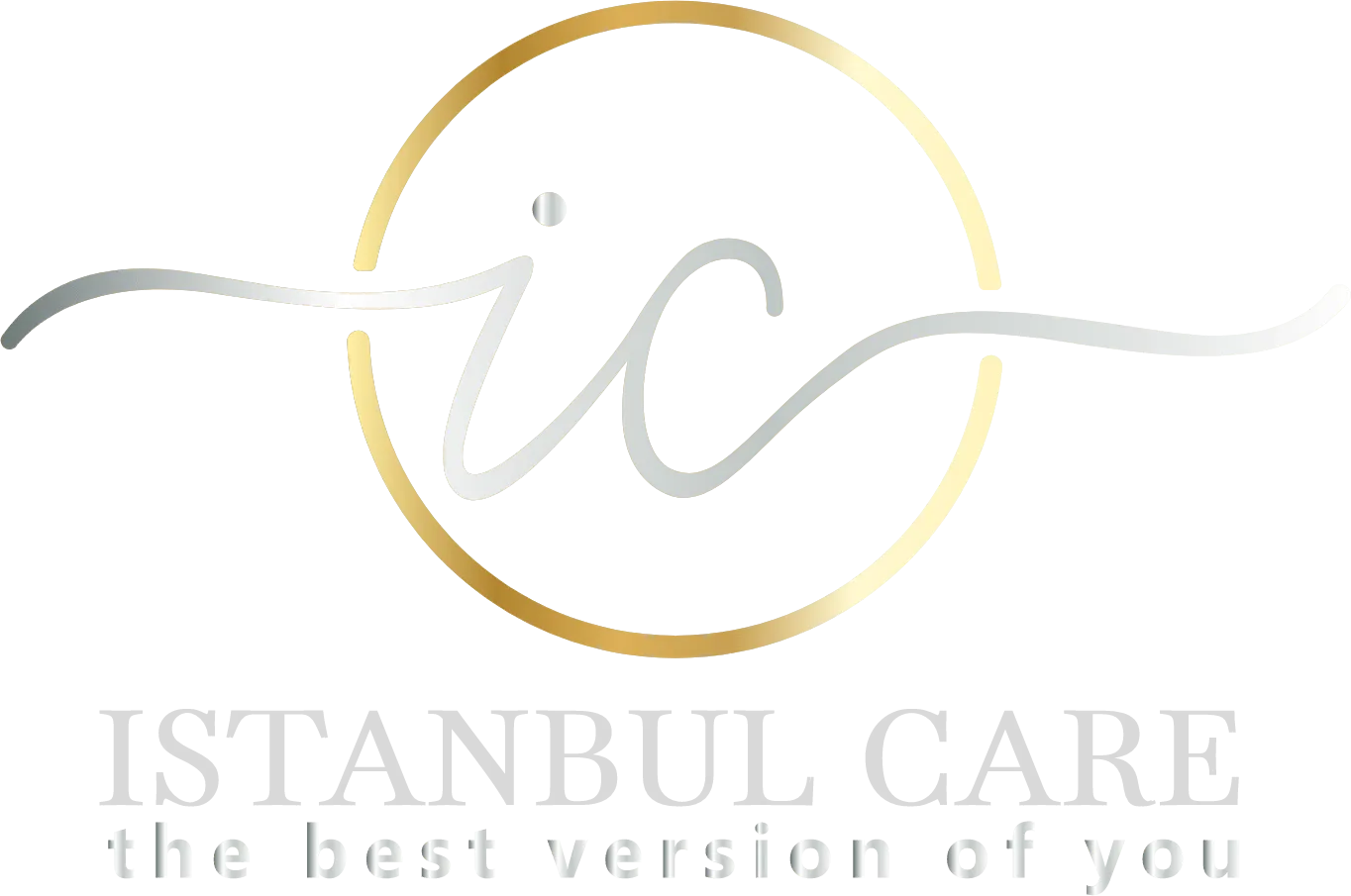Permanent hair straightening has become one of the most sought-after beauty treatments for those seeking sleek, manageable hair. Whether you’re dealing with naturally curly, wavy, or frizzy hair, these treatments promise to transform your locks into smooth, straight strands that require minimal daily styling.
Understanding the science behind these treatments and choosing the right method for your hair type is crucial for achieving the best results while maintaining hair health. From chemical hair straightening to thermal reconditioning, each technique works differently and offers varying levels of permanence.

What Permanent Hair Straightening Means
Permanent hair straightening refers to chemical or heat-based treatments that alter the internal structure of your hair to create a straight appearance. Unlike temporary methods such as blow-drying or flat ironing, these treatments modify the protein bonds within each hair strand, creating lasting results that can endure for months.
The term “permanent” can be somewhat misleading, as these treatments don’t last forever. The straightened hair remains straight until new growth appears from the roots. Most permanent hair straightening treatments maintain their effects for three to six months, depending on the specific method used and your hair’s natural texture.
These treatments work by breaking down the disulfide bonds in your hair’s cortex layer. These bonds are responsible for your hair’s natural curl pattern and texture. Once these bonds are broken and reformed in a straight position, your hair maintains this new structure until it grows out or the treatment gradually wears off.
The process requires professional application in most cases, as the chemicals involved can be harsh and potentially damaging if not used correctly. Professional stylists have the expertise to assess your hair type and choose the appropriate treatment strength and processing time.
How Permanent Hair Straightening Works for Different Hair Types
Different hair types respond uniquely to permanent hair straightening treatments. Understanding your hair’s characteristics helps determine which method will work best and what results you can expect.
Fine hair typically processes faster during chemical hair straightening treatments due to its thinner cuticle layer. However, fine hair is also more susceptible to damage, requiring gentler formulations and shorter processing times. The results on fine hair often appear more dramatic but may not last as long as on thicker hair types.
Thick, coarse hair requires stronger formulations and longer processing times to achieve effective straightening. While this hair type can handle more aggressive treatments, it may need multiple sessions or touch-ups to achieve the desired level of straightness. The best permanent straightening methods for thick hair often include Japanese hair straightening or strong chemical relaxers.
Curly and kinky hair textures benefit significantly from hair rebonding and relaxing treatments. These hair types have the most dramatic transformations, going from tight curls to smooth, straight styles. However, they also require the most careful handling to prevent breakage and maintain hair health.
Color-treated or chemically processed hair needs special consideration. Previous treatments can affect how new chemical hair straightening products interact with your hair. Many stylists recommend waiting several weeks between color treatments and straightening procedures to minimize damage.
Types of Permanent Hair Straightening
Several best hair straightening methods are available, each with unique characteristics and benefits. The table below compares the most popular treatments:
| Treatment Type | Duration | Hair Type Suitability | Chemical Strength |
|---|---|---|---|
| Japanese Hair Straightening | 4-6 months | All types, best for thick hair | High |
| Keratin Hair Treatment | 2-4 months | Fine to medium hair | Moderate |
| Brazilian Blowout | 2-3 months | All hair types | Low to Moderate |
| Hair Rebonding | 3-6 months | Curly to kinky hair | High |
| Chemical Relaxers | 2-4 months | Curly to kinky hair | High |
| Lye Free Hair Straightener | 2-3 months | Sensitive scalp/damaged hair | Moderate |
Japanese hair straightening, also known as thermal reconditioning, uses strong alkaline solutions combined with heat to permanently alter hair structure. This method provides the longest-lasting results with extremely straight, glossy hair.
Brazilian blowout and keratin hair treatment infuse hair with proteins and seal them with heat. These hair smoothing treatments reduce frizz significantly while maintaining some natural movement.
Hair rebonding works similarly to Japanese straightening but uses different application techniques. This method excels on very curly or kinky textures, creating dramatic transformations.
Sodium hydroxide hair relaxer products break down protein bonds effectively but can be harsh. Lye free hair straightener alternatives offer gentler processing for sensitive scalps.
How Long Do Different Hair Straightening Treatments Last
The longevity of permanent hair straightening varies significantly depending on the method chosen and your hair’s natural characteristics. Understanding these timeframes helps set realistic expectations and plan for maintenance.
Japanese hair straightening typically lasts the longest, with results remaining visible for four to six months. The new growth at the roots will show your natural texture, but the treated hair remains straight until it’s cut off. Touch-ups are usually needed every few months to address new growth.
Keratin hair treatment and Brazilian blowout results gradually fade over two to four months. These treatments wash out slowly with each shampoo, allowing for a more natural transition back to your original texture. The fading process is gradual, making it less noticeable than other methods.
Hair rebonding results can last three to six months, similar to Japanese straightening. However, the longevity depends heavily on aftercare and how well you protect your hair from humidity and moisture during the initial curing period.
Chemical relaxers using sodium hydroxide hair relaxer or lye-free formulas typically last two to four months. The regrowth becomes noticeable sooner with these methods, requiring more frequent touch-ups to maintain a consistent appearance.
Environmental factors also affect longevity. High humidity, frequent swimming, and excessive heat styling can all reduce the lifespan of your permanent hair straightening treatment. Proper care and protection can help extend results.

Common Side Effects of Chemical Hair Straightening
Chemical hair straightening treatments can cause various side effects, ranging from mild irritation to more serious hair damage. Being aware of these potential issues helps you make informed decisions and take appropriate precautions.
Scalp irritation is one of the most common immediate side effects. The strong chemicals used in many straightening treatments can cause burning, itching, or redness on sensitive scalps. This is particularly common with sodium hydroxide hair relaxer products, which have high pH levels.
Hair breakage and damage can occur if the treatment is left on too long or if the hair is over-processed. Signs of damage include excessive dryness, brittleness, and hair that breaks easily when brushed or styled. Using lye free hair straightener options may reduce but not eliminate this risk.
Respiratory irritation can result from inhaling fumes during the treatment process. Some chemical hair straightening products release formaldehyde or other potentially harmful gases when heated. Proper ventilation and professional application help minimize this risk.
Long-term effects may include changes in hair texture and reduced elasticity. Some people find their hair becomes permanently more fragile after repeated straightening treatments. The hair may also lose its ability to hold curls or waves, even after the treatment has grown out.
Allergic reactions, while less common, can occur with any chemical treatment. Patch tests before full application help identify potential sensitivities to specific ingredients in straightening products.
The Pros and Cons of Permanent Hair Straightening
Understanding both the benefits and drawbacks of permanent hair straightening helps you decide if these treatments align with your hair goals and lifestyle preferences.
The primary advantage is dramatically reduced styling time. Morning routines become much simpler when you can achieve straight hair without heat styling tools. Many people find they can simply wash and air-dry their hair for a sleek appearance.
Improved manageability is another significant benefit. Frizzy, unruly hair becomes smooth and controllable, making it easier to style in various ways. Even when the straightening effect begins to fade, hair often remains more manageable than before treatment.
Hair smoothing treatment options provide versatility in styling. While the hair is straighter, many treatments still allow for some wave or curl when styled appropriately. This flexibility lets you change your look without committing to completely straight hair.
However, the chemical processing involved in best permanent straightening methods can be damaging. Even with careful application, these treatments stress the hair and can lead to breakage, dryness, and loss of natural texture.
Maintenance requirements represent another consideration. Touch-ups every few months can be time-consuming and expensive. The contrast between treated and natural hair growth can also create styling challenges.
Cost is a significant factor for many people. Professional permanent hair straightening treatments can be expensive, and the need for regular touch-ups adds to the long-term investment.
Tips for Keeping Your Hair Healthy After a Permanent Straightening
Proper aftercare is essential for maintaining both the results of your permanent hair straightening and the health of your hair. Following these guidelines helps extend the life of your treatment while minimizing damage.
Wait at least 72 hours before washing your hair after most chemical hair straightening treatments. This waiting period allows the new bonds in your hair to fully set. During this time, avoid getting your hair wet and refrain from using hair ties or clips that could create dents.
Use sulfate-free shampoos and conditioners specifically designed for chemically treated hair. These products are gentler and help preserve your straightening results. Deep conditioning treatments once or twice a week help maintain moisture and prevent dryness.
Minimize heat styling whenever possible to achieve straight hair without heat damage. When you do use heat tools, always apply a heat protectant product first. Keep temperatures moderate and avoid excessive brushing or combing when hair is wet.
Protect your hair from environmental factors that can affect your hair smoothing treatment. UV protection for hair products help prevent sun damage, which can cause color fading and dryness. Wear a hat or scarf in direct sunlight for extended periods.
Sleep on silk or satin pillowcases to reduce friction and prevent frizz. These smooth fabrics are gentler on treated hair and help maintain your style overnight. Consider using a silk scarf or bonnet for additional protection.
Schedule regular trims to remove damaged ends and maintain healthy-looking hair. Professional post treatment hair care tips from your stylist can provide personalized advice based on your specific hair type and treatment.
Stay hydrated and maintain a healthy diet rich in proteins and vitamins. Healthy hair starts from within, and proper nutrition supports hair strength and growth.
Speak with our expert Hair Transplantation specialists

Speak with our expert Hair Transplantation specialists
We’re ready to answer your questions
FAQs for Permanent Hair Straightening What It Means and How It Works
The main differences lie in the chemicals used, processing methods, and longevity – Japanese hair straightening uses thermal reconditioning for permanent results, while keratin hair treatment provides temporary smoothing that gradually fades.
Chemical hair straightening can cause damage if not applied properly or if hair is over-processed, but using lye free hair straightener options and following proper aftercare can minimize risks.
Most permanent hair straightening treatments last 3-6 months depending on the method used, with thermal reconditioning lasting longest and Brazilian blowout results fading more gradually.
Post treatment hair care tips include using sulfate-free products, avoiding heat styling when possible, applying UV protection for hair, and maintaining regular deep conditioning treatments.

